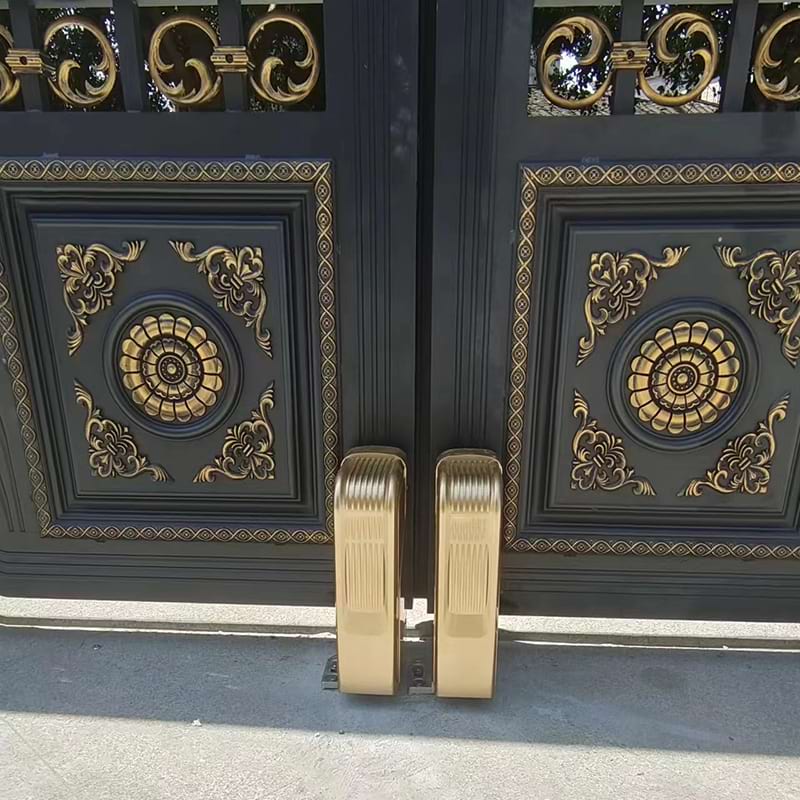Installing an automatic swing gate opener enhances security, convenience, and property value. However, improper installation can lead to operational issues, frequent maintenance, and premature failure. To ensure a smooth and efficient installation, it is crucial to avoid the following common mistakes.

Selecting an opener that is not suited for the gate’s weight, size, or usage frequency can cause performance problems. Consider:
Weight Capacity: Ensure the opener can handle the gate’s weight and material.
Usage Requirements: Residential and commercial applications have different demands; choose accordingly.
Power Source: Verify whether a solar-powered or electrical model suits your installation needs.
Misaligned gate arms and improperly mounted motors lead to inefficient operation and mechanical strain. To prevent this:
Ensure proper hinge alignment before attaching the opener.
Follow manufacturer guidelines for arm placement to avoid excessive stress on components.
Use a level tool to confirm straight and stable installation.
Safety is paramount when installing an automatic gate opener. Common oversights include:
Failing to install safety sensors to detect obstacles and prevent accidents.
Ignoring local building codes and regulations, which could lead to non-compliance issues.
Neglecting manual override options, which are essential during power failures.
Improper wiring can cause malfunctions, short circuits, or inefficient operation. Avoid these issues by:
Ensuring a stable power connection with proper voltage and grounding.
Using weatherproof conduit to protect wiring from environmental damage.
Verifying backup power solutions like battery packs or solar panels for uninterrupted operation.
Failing to test the gate opener after installation can result in operational problems. Proper testing should include:
Checking opening and closing cycles to ensure smooth movement.
Adjusting sensitivity settings to avoid unnecessary force or sluggish operation.
Confirming remote control and access system functionality.
Even with a flawless installation, ongoing maintenance is necessary to extend the gate opener’s lifespan.
Lubricate hinges and moving parts regularly to reduce wear and tear.
Inspect sensors and safety mechanisms periodically to ensure they function properly.
Clean debris and dirt from tracks or pivots that could obstruct motion.
Avoiding these common mistakes during the installation of an automatic swing gate opener ensures a reliable and long-lasting system. Proper planning, precise installation, adherence to safety regulations, and routine maintenance contribute to a smooth and efficient gate operation. By taking these precautions, you can enjoy the benefits of an automatic gate opener with minimal issues and maximum performance.